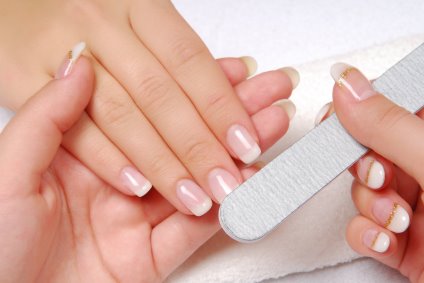Cyanoacrylate, also known as “CA” or “super glue” has many uses; both consumer and commercial. It’s a popular adhesive because of its very short cure time and great bond strength. This “super” bond strength is possible without using heat or light curing or any type of catalysts. It is a substance that has many uses and applications. Here’s more information about Cyanoacrylate Dispensing and how it is used:
How Cyanoacrylate is Used
Cyanoacrylates can be used to assemble industrial products including electronics and can be used by consumers to mend ceramics, create plastic models, and for woodworking products. It’s used by cosmetologists as “nail glue” for artificial nail enhancements including nail tips and nail wraps. Cyanoacrylates are also used for medical purposes to repair or protect the skin.
Rock climbers use cyanoacrylate to heal their fingertips and stringed-instrument players use it to form protective finger caps. If you’re a hockey fan you’ve probably seen it used during games to patch up injured players that are bleeding. Since cyanoacrylates cure instantly once exposed to air, the players can go right back into the game.
Challenge of Traditional Pneumatic Dispensing
Due to the nature of cyanoacrylates, traditional pneumatic dispensing poses many challenges. Superior bonds are achieved with thinner, as opposed to thicker, layers of the material. It is difficult to achieve a thin and even coating using a pneumatic dispenser. In the presence of moisture and air, premature curing can occur which leads to clogging and increased difficulty in dispensing the material.
The premature hardening causes difficulty in moving the piston downward in the syringe, necessitating an increase in air pressure, resulting in fluid that has changed in viscosity from the pounding of air pressure and heat. Even if a column of air is created on purpose between the piston and the top surface of the adhesive, it’s not a satisfactory solution since the air needs to be filtered, cleaned, and free of oil and moisture. The syringe cannot be more than half full.
Eliminating Dispensing Problems
To eliminate cyanoacrylate dispensing problems, air driven dispensing systems must be removed from the process. The ideal system for dispensing cyanoacrylates must be completely air free to prevent the adhesive from curing and then adhering to the internal parts of the dispenser. Once the fluid has cured and becomes increasingly difficult to dispense, operators make the situation worse by revving up the air pressure.
Using an AirFree®, electro mechanical linear drive dispenser enables the proper force to be used and consistently applied. The result will always be a consistent and repeatable dot and bead volume.
Moisture Can Impact Dispensing
Recapping, moisture ions present in the air supply to the syringe with traditional air fluid dispensers is what causes the syringe piston to cure to the syringe barrel. Elimination of air from the dispensing process by default eliminates moisture and minimizes material waste, rejects, and time spent cleaning the mechanism. Not to mention the operators.
Ask anyone who has had cyanoacrylate get on their skin about how quickly it cures when exposed to air. It can be painful and time consuming to remove. If your dispenser is dripping, messy, and inconsistent because of the excessive compressed air being pumped in, don’t try to clean it up with bare hands! It’s better to just replace it with an air-free cyanoacrylate dispensing system. Contact Fishman Corporation for more information.
*photo credits:
dialecticmagazine.com
dreamingofdaisies.files.wordpress.com

